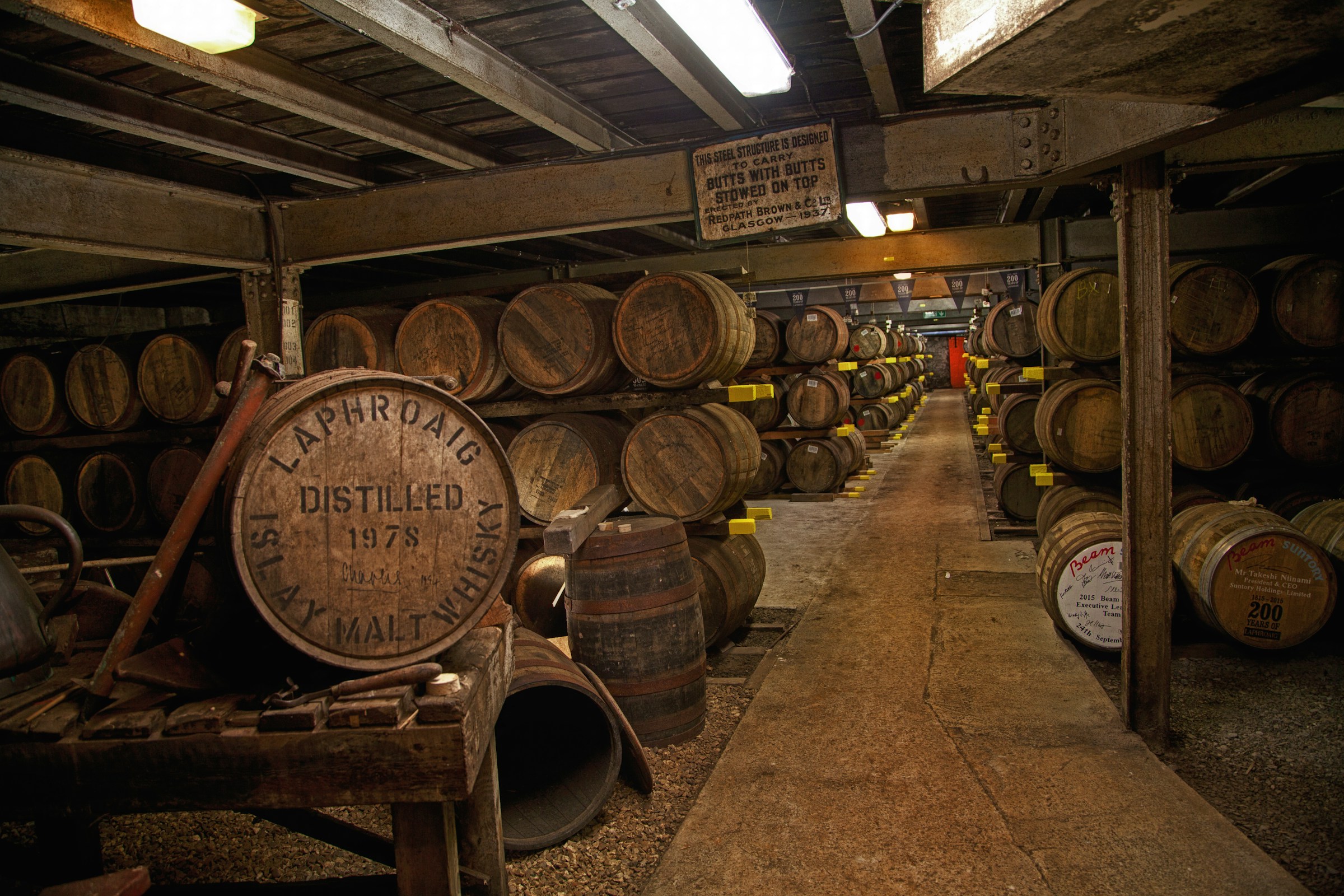Most of the whisky that people heard of is either made in Scotland (Scottish Whisky, or Scotch), or the United States (Whiskey). However, south of Scotlands’ borders, there’s also a bit of distilling going on, though on a far lesser scale. At this very moment, there are 6 distilleries producing (or aiming to produce) English Whisky:
- Adnams (located in their brewery buildings), in Southwold, Suffolk.
- The Cotswolds Distillery in Stourton, in the Cotswolds bteween Oxford and Stratford-upon-Avon. This distillery started distilling in September 2014.
- East London Liquor Company in London
- Hicks & Healey in Cornwall.
- St. George’s Distillery in Roudham, Norfolk.
- The London Distillery Company, located in (as its name suggests) London.
- The Lakes Distillery, located in Cumbria. This distillery has not formally started distillation yet.
In 1887, when Barnard wrote his famous book “The distilleries of the United Kingdom”, he listed 4 distilleries in England:
- Lea Valley Distillery in Stratford, London (Grain and Single Malt).
- Bank Hall Distillery in Liverpool (Grain as well as Single Malt).
- Bristol Distillery in Bristol (Grain whisky only).
- Vauxhall Distillery in Liverpool (grain whisky only).
However, close to the turn of the century, in 1905, production of English Whisky ceased when Distillers Company Limited (one of the companies that would eventually become Diageo) closed down Lea Valley distillery, which at that time was the last distillery to produce English Single Malt Whisky. This remained the case until Hicks & Healey resumed distilling in 2003, almost a century later.
Like its’ Scottish counterpart, English Whisky needs to mature for a minimum of 3 years before it’s allowed to be called whisky, but other restrictions do not seem to exist, other than requiring a license for distilling.
